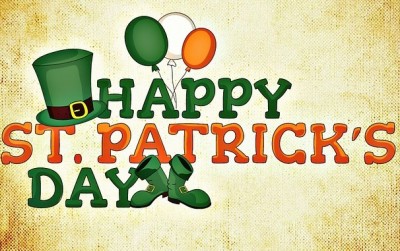History Of St. Patrick’s Day
April 5, 2016
Do you know how St. Patrick’s Day came to be?
St. Patrick’s Day occurs every year on March 17. This holiday is celebrated with parades, concerts, exotic food, firework shows, dancing, and enormous amounts of green, green, and more green.
St. Patrick’s Day is full of religious and cultural commemoration. It is celebrated on St. Patrick’s traditional death date.
This celebration originally was a feast honoring Irish contributor, St. Patrick, but then became a worldwide holiday that now does not involve much of his historical figure.
“The modern celebration of St. Patrick’s Day really has almost nothing to do with the real man,” said classics professor Philip Freeman of Luther College in Iowa.
St. Patrick’s real name was Maewyn Succat, but he changed it when he became a priest.
Most people don’t know the real St. Patrick, but some do.
“We know that (St. Patrick) was a Roman citizen, because Britain was Roman back then. He was then enslaved and taken to Ireland, where he either escaped or was released and then he became a priest and went back to Ireland, where he had a lot of luck converting the Druid culture into Christians,” according to Marion Casey, a clinical assistant professor of Irish Studies at New York University.
Legend says that St. Patrick used a three-leaf clover to show the concept of the Trinity. Is it one leaf or three in one? One God or three in one (Father, Son, and Holy Spirit)?
After St. Patrick died on March 17, 461, he was long forgotten. Slowly, his identity came back to life. He was honored as the patron saint of Ireland because he was a Christian missionary who converted Ireland to Christianity.






